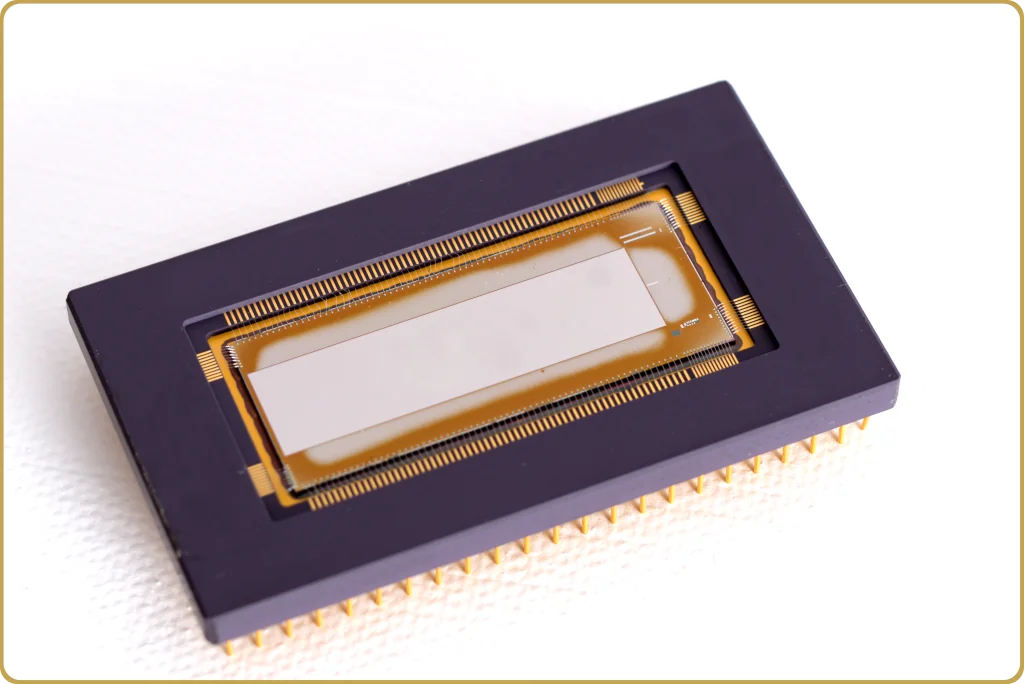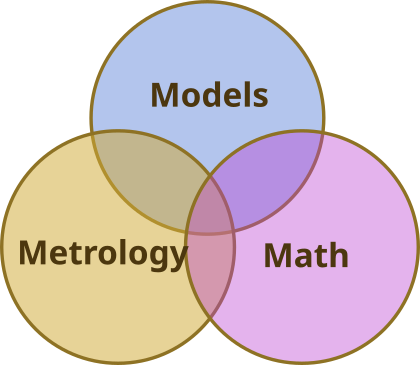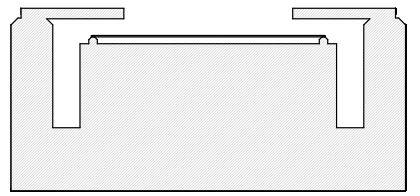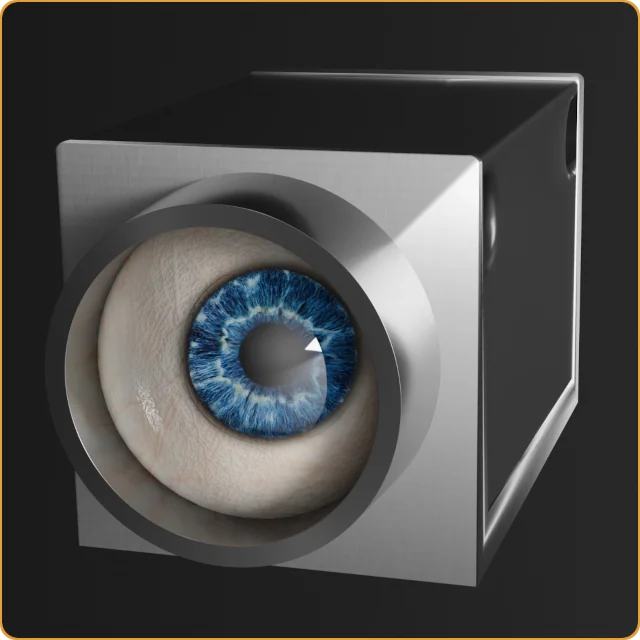One of the more complex photonic devices one will encounter as an optical engineer is the spatial light modulator. This is a device that (usually) converts a computer-generated signal into a spatially controlled distribution of intensity or phase, depending on the type of modulator.
A very well-known device for intensity modulation is the DLP or DMD from Texas Instruments. At first glance, it is an impressive device, and for its purpose as a modulator for projectors, it is indeed very impressive. The DMD is indeed taking the lead in the maskless lithography market. The technical reasons for this are outlined in the tech talk “Ti DLP – The Workhorse of Maskless Lithography”
In the phase modulation corner, we find more niche-oriented LCOS (Liquid Crystal On Silicon) from Holoeye or Hamamatsu. These spatial light modulators will be found in optical tweezers or wavelength selective switches (WSS), microscopes or virtual (near-to-eye) displays.
The Tangible vs the Subtle
All LCOS modulators are too slow for high-end/high-speed imaging. The DMD has taken over this task in its entirety. Pattern generators producing 8-bit grayscale images at a rate of 5 gigapixels per second can be designed, although it is a lot of work to get there in order to get around the shortcomings of these devices. However, the strength of the DMD is in not in its optical surface, as impressive as that may seem, it is in its CMOS backplane. This digital resource allows the DMD to average out many of its optical imperfections. This is however a topic on itself and should be covered in a later tech-talk where the connection between diffractive losses and imaging quality will be covered.
So what are these shortcomings? The casual SLM buyer may initially focus on tangible (external) properties such as size, bus speed, and number of pixels, which say nothing about image quality. One property that is not talked about often enough is optical flatness, short or long-range.

Image Quality – Surface Quality
A device that possesses the aforementioned property is the Fraunhofer IPMS MEMS-based spatial light modulator. In the field of high-quality pattern generation, it is a common practice to write the same portion of a mask multiple times, using different segments of the modulator to reduce various imaging issues through averaging. However, this approach can be quite expensive since the imaging errors are reduced with the square root of the number of images used for averaging. Thus, the image quality prior to averaging is of great importance.
The Fraunhofer IPMS MEMS-based spatial light modulators were developed in collaboration with Micronic in the early 2000s. These modulators offer excellent micro-planarity which is a must to keep the speckle (or partially developed speckle) from generating line edge roughness. With the proper illumination and gray-scaling strategy, the image properties, provided by these modulators are indistinguishable from photomasks.
It should be noted that even though these modulators offer excellent micro planarity, partially developed speckle can still be enhanced by the projection optics. This being a SLM tech-talk, we’ll leave those details for another time but those interested in designing optical systems based on these modulators, please contact me through the contact page or email to [email protected]
The initial single-layer aluminum MEMS devices suffered from mechanical limitations, which were overcome by the development of a two-layer MEMS structure that resolved all mechanical issues while preserving the optical properties. Unfortunately, the industry opted for e-beam technology, believing that multi-beam systems would address write time challenges, which resulted in the demise of the production of high-end optical mask writers. However, as the hopes for high-capacity e-beam mask-writers faded and the volume of masks nodes suitable for these types of pattern generators increased, another opportunity for this technology could be emerging.
Micronic and ASML also developed a step-mirror device that could write the equivalent of an alternating phase-shifting mask. Both devices enabled individual calibration of each of the millions of tilt mirrors to the theoretical limit set only by the optical flatness of the devices.
Laser Sources
The excimer laser is the preferred choice for this modulator due to its suitable etendue and short pulse durations, which enable precise image exposure on a moving workpiece. However, the high operating cost—up to 100 Euros per 6-inch mask at high resolutions—limits its broader application. While single-mode solid-state lasers present alternative solutions, engineering challenges must still be overcome before they can be widely adopted.
Given the industry’s success with multiple patterning and optical proximity correction, achieving 50nm or even lower is possible at the mask, representing a 4x magnification relative to the wafer. This technology can write a substantial number of masks, but for OPC, phase-shifting, and pixelated mask magic, the MEMS must be optically flat and properly calibrated.
Modeling SLM-based Systems
Regardless of which spatial light modulator technology meets external requirements, the manufacturer does not know how it performs in a particular system because, generally speaking, this is not what they do. However, physical optics modeling will easily capture their properties and their efficacy can be predicted through simulations.
There are many aspects of SLMs and how they behave in any given optical configuration that can and should be treated in the context of the optical system in which they operate. The preferred technique for doing it, here at Senslogic, is using the Latin Hypercube Sampling approach. Here, we can get a handle on how the imperfections of the modulator connect to the optical system requirements and let the math and Singular Value Decomposition sort of the real degrees of freedom.
It is quite common that, once the dust has settled, and the math is done, that the optical system that seemed so intricate, turns out to be much less so once it is described using the proper variables.
Want to Know More?
For those who want to explore the topic of SLMs further, have a look on the Howto: Spatial Light Modulators where you will find an overview of different types a some details on useful math. If that is not enough, feel free to contact me at [email protected], or even schedule a video call. Always happy to help.








Leave a Reply